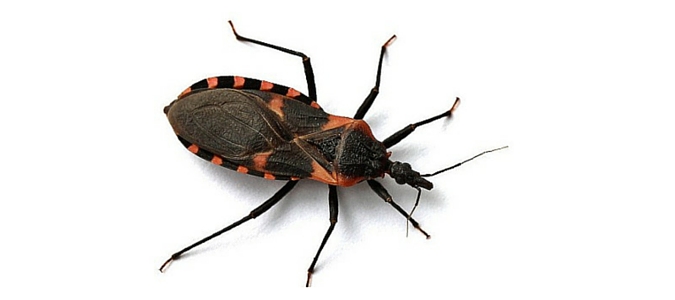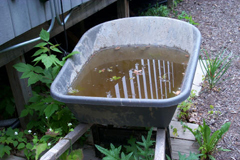Rodents: From Dirty Pests to Fancy Pets
To many homeowners, rodents are disgusting, filthy creatures, but for some people, they’re fuzzy little friends that fit in a shirt pocket. Mice, rats, hamsters and other rodents are welcome guests in homes across the globe, but although their genetic codes are similar, there are major differences between pets and pests.
The History of Rodents as Pets
Half of the world’s mammal population belongs to the rodent family, but only a few species have managed to penetrate the wall of squeamishness that separates them from human affection. Syrian hamsters were first discovered by a zoologist working in the Middle East. They were sent to labs for breeding and arrived on the American and European pet scene in the 1930s. Many domesticated hamster breeds now exist, and hamsters are among the best-selling rodents in pet stores. Other popular pet rodents include gerbils, guinea pigs and chinchillas.
Cuteness Overcomes a Sordid Past
The history of mice … Read Full Post »


